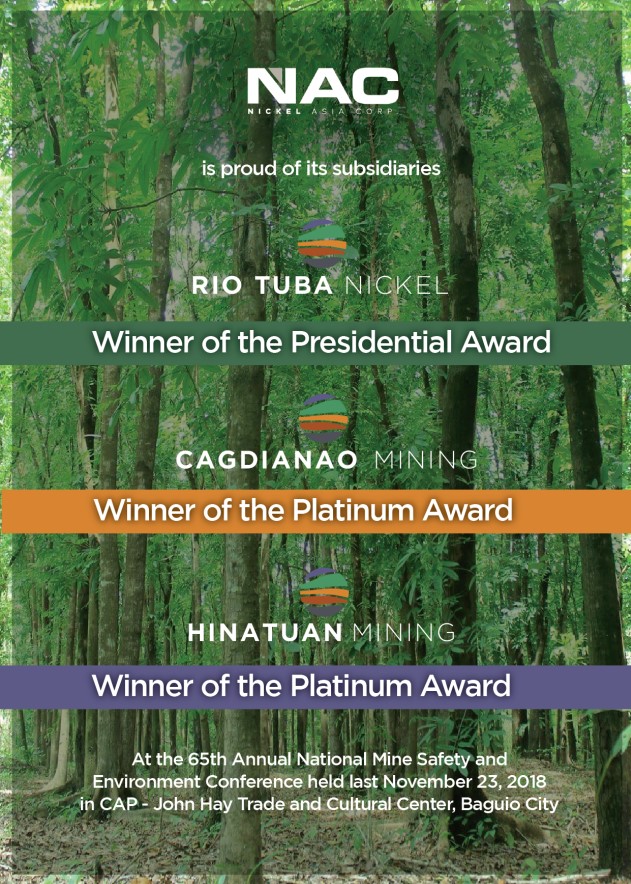
The Old Baroque Churches of Ilocandia in black and white
Photos and short story by Art G. Valenzuela
Exclusive to the SUNDAY PUNCH
Let me break away momentarily from the world of colored photos and present this album in black in white, for there is beauty and nostalgia in black and white. These are old churches in the Ilocos region, a place that is known for being host to the some of the oldest traces of the Spanish era. Three of the churches in this album are classified as “baroque” (three are heritage sites) for their sheer beauty and structural attraction which are:
“The Saint Augustine Church (Spanish: Iglesia de San Agustín de Paoay), commonly known as the Paoay Church, is a Roman Catholic church in the Municipality of Paoay, Ilocos Norte in the Philippines. Completed in 1710, the church is famous for its distinct architecture highlighted by the enormous buttresses on the sides and back of the building. It is declared as a National Cultural Treasure by the Philippine government in 1973 and a UNESCO World Heritage Site under the collective group of Baroque Churches of the Philippines in 1993.
(Second photo) “The Saints Peter and Paul Parish Church (Iglesia Parroquial de los Santos Pedro y Pablo), commonly known as Calasiao Church is a baroque church located in Poblacion West, Calasiao, Pangasinan, Philippines. It belongs to the Vicariate of Sts. Peter and Paul under the Ecclesiastical Province of the Roman Catholic Archdiocese of Lingayen-Dagupan.
“The Spanish-colonial-era Church was declared a National Cultural Treasure by the National Museum of the Philippines and the National Commission for Culture and the Arts.
(Third photo) “The Church of Our Lady of the Assumption (Nuestra Señora de la Asunción), commonly known as the Santa Maria Church is the parish church of Santa Maria in Ilocos Sur province, Philippines. The church was designated as a UNESCO World Heritage Site on December 11, 1993 as part of the Baroque Churches of the Philippines.
The Santa Maria Church is an attraction to tourists and Catholics in Ilocos Sur. It is a reminder of the four centuries of Spanish domination of that area and a unique structure with a diversified architectural design of bricks and mortar. It was built on top of a hill a lookout and a citadel as well as a religious center during the early administration of the region by friars and soldiers of Spain.
Last photo shows the The Bantay Watchtower (left side of the photo), or “Bantay Belfry, which is located in a little town called Bantay 10 minutes from Vigan City. Built in 1591, it once served as a watchtower for the Spanish colonists as a defense against the potential risk of invading pirates. The word ‘bantay’ means ‘guard’ in Tagalog; and even though the Bantay Watchtower was turned into a bell tower by the nearby church in 1857, it still was used as a watchtower during the two World Wars due to its strategic location.
Nowadays though it mostly serves as a tourist spot. It sits on a hilltop 60 meters from the (“new”) Bantay Church and overlooks Vigan City as well as the Province of Abra. This way the Bantay Belfry provides a pleasant view for it’s daily visitors; and some even say that, apart from being able to admire the Belfry’s big old bell, they can see most of Ilocos Sur as well while being in the top part of the tower.
(Major source of narrative: Wikipdia)














